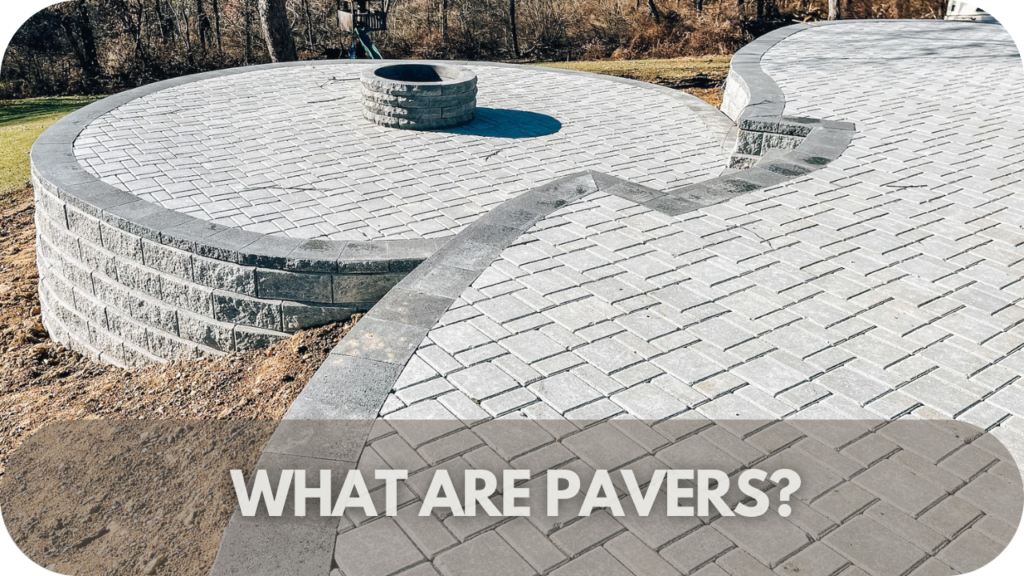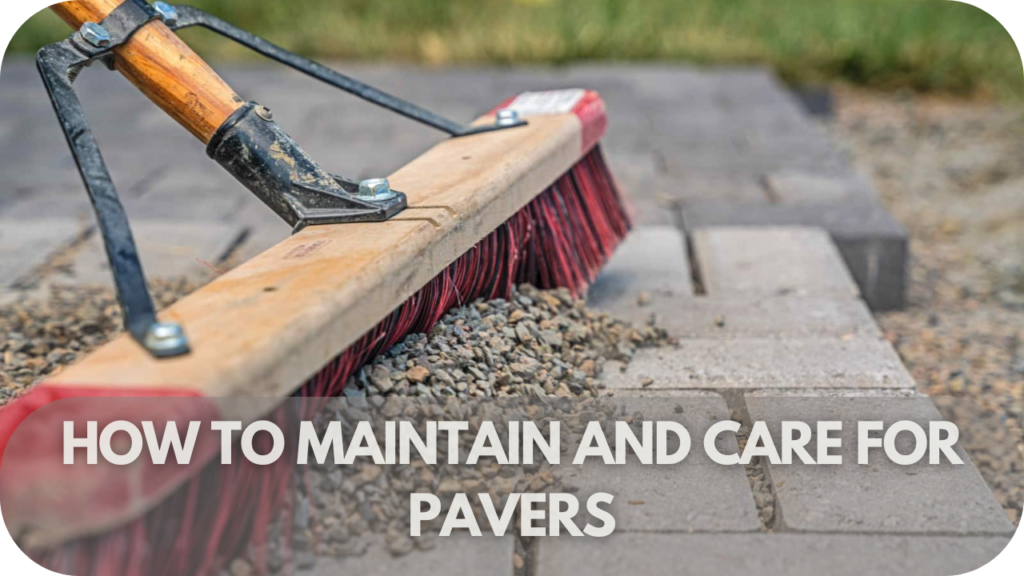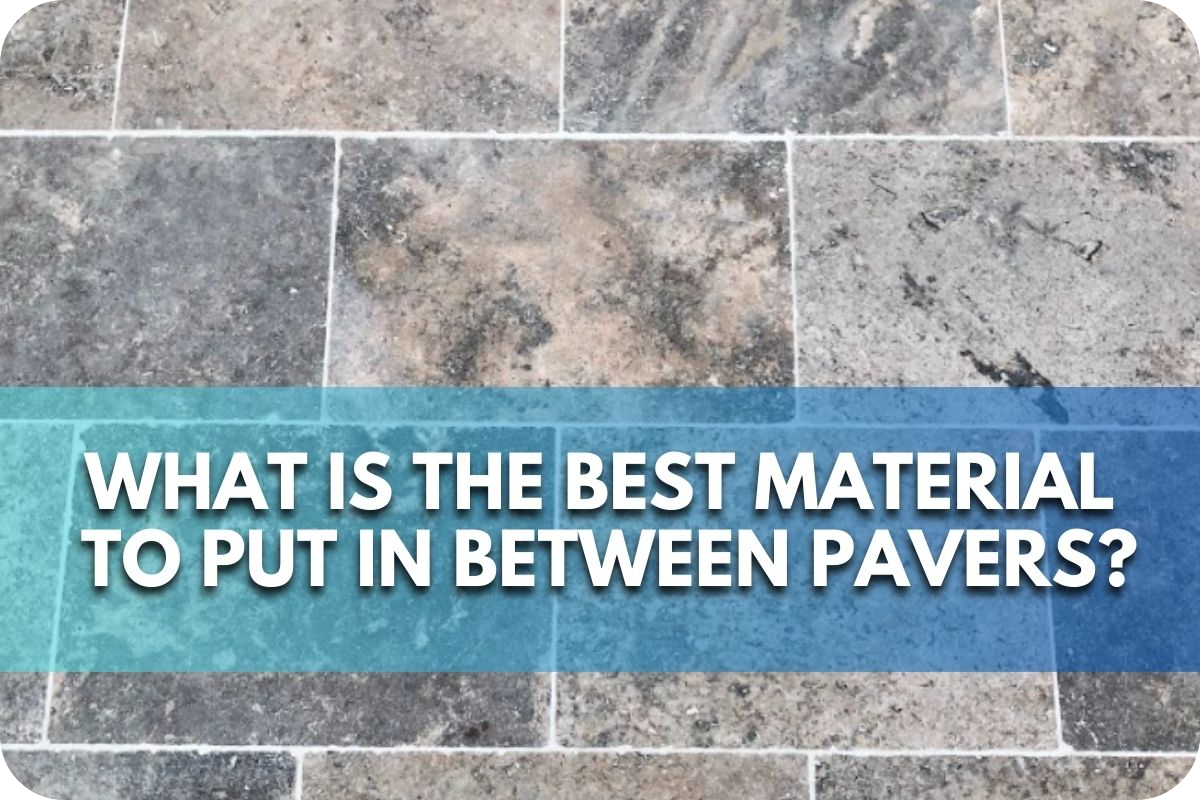Are Pavers Worth The Money?
Homeowners often wonder whether the investment in pavers justifies the expense compared to other options like concrete or asphalt.
Pavers offer aesthetic appeal but have higher initial costs. Questions about durability and maintenance can deter decision-makers, leaving them uncertain about whether pavers are the right choice.
This article explores the long-term benefits of pavers, including their durability, design flexibility, and potential to increase property value. We’ll help you determine if pavers are cost-effective for your landscaping needs.
Are Pavers Worth The Money?
Pavers are worth the investment for their durability, aesthetic appeal, and ability to increase property value. While initially more expensive than options like concrete, pavers offer long-term savings due to lower maintenance costs and ease of repair. Their versatility in design also allows for unique, customisable outdoor spaces.
What are Pavers?

Are flat, durable building materials used for constructing hardscapes like driveways, patios, walkways, and pool decks. Typically made from concrete, natural stone, or brick, they are designed to interlock and create a stable, long-lasting surface.
The versatility of pavers allows for a variety of styles, shapes, and colours, making them a popular choice for both functional and aesthetic purposes.
Their ability to withstand heavy foot traffic and harsh weather conditions, along with ease of maintenance and repair, make them an excellent investment for homeowners.
Why Are Pavers Worth The Money?
Investing in pavers offers long-term durability, low maintenance, and enhanced curb appeal, making them a smart choice for homeowners seeking both function and style.
1. Durability and Longevity
Made from materials such as concrete, brick, or natural stone, pavers are known for their exceptional durability and ability to withstand heavy traffic, extreme weather, and the test of time.
Unlike other surfaces, pavers do not crack or fade easily, ensuring a long-lasting, reliable surface.
The interlocking design of pavers allows for flexibility, enabling slight shifts without breaking under pressure. With proper installation and maintenance, pavers can last for decades, making them a wise investment.
2. Aesthetic Appeal
Pavers offer significant aesthetic appeal, enhancing the overall look of any outdoor space. Available in a variety of materials, colours, shapes, and patterns, they can complement a range of design styles, from traditional to modern.
Their ability to seamlessly blend with surrounding landscaping makes them a popular choice for homeowners looking to elevate their property’s curb appeal. Additionally, the texture and visual interest of pavers can transform a simple surface into a striking feature, adding value and sophistication to your home.
3. Versatility and Flexibility
With unmatched versatility and flexibility, pavers are ideal for a wide range of outdoor projects. Whether for driveways, patios, walkways, or pool areas, they can be adapted to suit different styles and functions.
Their variety of shapes, sizes, and colours allows for custom designs, from classic patterns to intricate mosaics.
The flexibility of pavers also extends to their installation. Unlike poured concrete, they can be easily replaced or reconfigured if necessary, without the need for costly repairs. This adaptability is particularly useful for areas prone to shifting or settling.
4. Maintenance and Repair
Maintaining pavers is straightforward, contributing to their long-term value. Routine cleaning, such as pressure washing, helps prevent stains. Sealing pavers protects them from moisture, oil, and grime.
Additionally, protecting pavers during winter weather by applying a sealant can prevent freeze-thaw damage and maintain their durability.
If damage occurs, pavers are easier to repair compared to other surfaces. Individual pavers can be removed and replaced without disrupting the entire surface, making repairs quick and cost-effective. This feature is particularly advantageous for high-traffic areas or spaces prone to wear.
Regular maintenance and timely repairs ensure pavers retain their aesthetic appeal and functionality for many years, offering homeowners a hassle-free, sustainable solution.
5. Cost Considerations
The initial cost of installing pavers can be higher than other materials such as asphalt or gravel, due to the price of the pavers themselves and professional installation.
However, the long-term value of pavers often outweighs the initial investment. Their durability, low maintenance, and ease of repair can save homeowners money over time, reducing the need for frequent replacements or costly repairs.
The total cost can vary depending on factors like material choice, design complexity, and the size of the area being paved.
Natural stone pavers tend to be more expensive, while concrete and brick options are more budget-friendly. Additionally, the installation process may require skilled labour, impacting the overall cost.
6. Environmental Impact
Pavers offer significant environmental benefits, making them a sustainable choice for outdoor projects.
Unlike traditional asphalt or concrete, pavers are permeable, allowing rainwater to filter through and reduce runoff. This helps prevent flooding and promotes groundwater replenishment.
Many pavers are made from eco-friendly materials, such as recycled concrete or natural stone, which reduces their carbon footprint. Additionally, because pavers are long-lasting and easy to repair, they contribute to a reduction in waste over time. Their durability ensures that fewer materials need to be replaced, further decreasing the environmental impact.
How to Maintain and Care for Pavers

Proper maintenance and care are essential to ensure the longevity and appearance of pavers. Here are key steps to keep your pavers in optimal condition:
- Regular Cleaning: Sweep your pavers frequently to remove debris, dirt, and leaves. Use a pressure washer occasionally to clean stains or moss build-up, but ensure the pressure is not too high to avoid damaging the surface.
- Sealing: Sealing pavers help protect them from stains, moisture, and weather damage. Apply a high-quality sealant every 2-3 years, depending on exposure to the elements.
- Repairing Damaged Pavers: Pavers are easy to repair. If a paver becomes cracked or damaged, simply remove it and replace it with a new one. This prevents further deterioration and keeps the surface intact.
- Weed Control: Weeds can grow between pavers, so use a weed killer or pull them by hand regularly. For long-term prevention, consider applying polymeric sand between joints to stop weed growth.
- Resanding: Over time, the sand between the pavers may settle or wash away. Top it up with new sand to ensure the pavers remain secure and stable.
- Avoiding Heavy Loads: Avoid placing excessive weight or pressure on pavers, especially in areas that receive regular vehicle traffic. This can prevent cracking and displacement of pavers.
- Proper Drainage: Ensure that the area around your pavers has proper drainage to prevent water pooling or erosion. If necessary, regrade the surface to direct water away from the paved area.
- Regular Inspection: Periodically check for shifting, cracks, or other issues that may require attention. Early detection of problems can prevent costly repairs in the future.
Conclusion
Pavers provide exceptional durability, style, and long-term value, making them an excellent investment for your property. Their versatility, ease of maintenance, and aesthetic appeal ensure they remain a top choice for outdoor spaces.
If you’re looking to elevate your home’s exterior, reach out to Splendour in Stone Melbourne today to discover the perfect paver solutions tailored to your needs.




